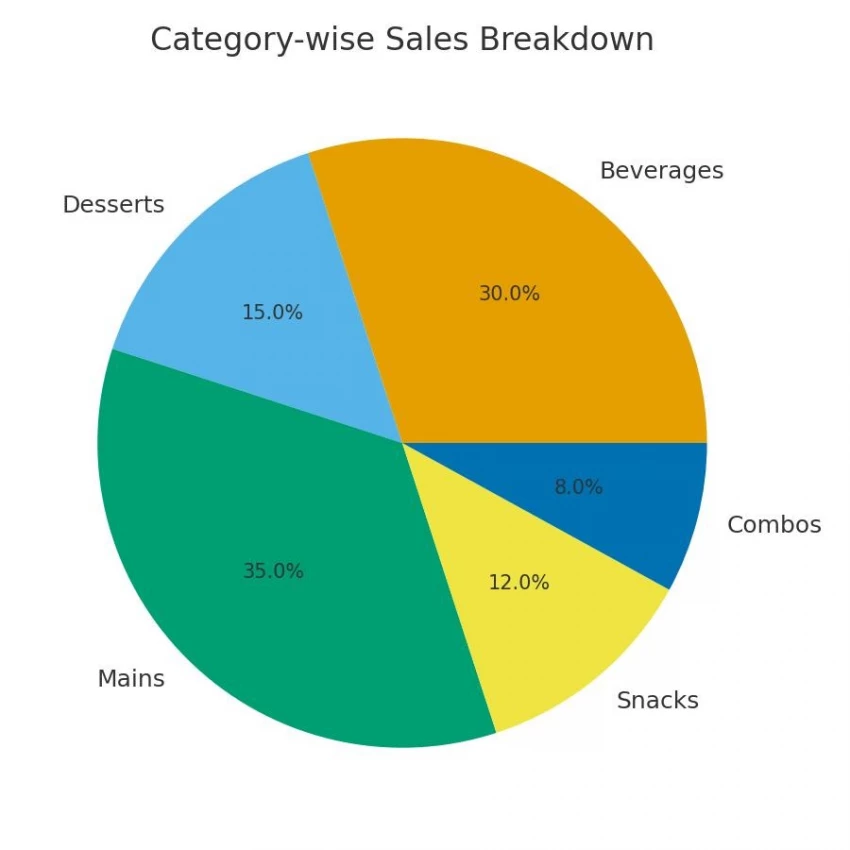

Running a restaurant today isn’t just about great food; it’s about keeping your operations smooth, your staff synced, your billing accurate, and your customers happy. That’s exactly where the Petpooja Dashboard steps in.
If you’ve ever felt overwhelmed managing orders, billing, online deliveries, staff tasks, or inventory, the Petpooja dashboard becomes that “one screen that makes everything feel manageable again.”
Let’s walk through the dashboard the same way a busy restaurant owner would explore it on a typical day.
The moment you log in at billing.petpooja.com, you’re welcomed by a dashboard that looks clean, friendly, and built for quick decisions.
No clutter, no confusing menus, just the things you actually need:
You don’t have to be “tech savvy” to understand it.
Honestly, that’s its biggest charm.
This is the heart of the dashboard, where tickets, dine-in tables, takeaway orders, and delivery partners all sync together.
Petpooja’s billing experience feels more like using WhatsApp than a POS system, everything is quick, responsive, and familiar.
And yes… the system rarely crashes, which is something many POS users on G2 wish other platforms did better.

This is a life-saver.
Instead of switching apps or tabs during peak hours, the Petpooja dashboard pulls in orders from all major online delivery platforms:
You see them all in one queue, with:
And yes, auto-accept and auto-reject settings really do work.

Restaurant owners love this part — and for good reason.
The dashboard breaks down:
Instead of guessing what’s working, you see trends forming right in front of you.
A few examples of insights you’ll typically spot:
“Why are beverage sales spiking after 8 PM?”
“Should we discontinue this slow-moving item?”
“Why is takeaway growing faster than dine-in?”
These aren’t boring reports, they’re decision-making tools.

Some POS systems send inventory alerts so frequently that you start ignoring them.
Petpooja does the opposite; alerts come when they matter.
From the merchant dashboard (and the Petpooja app on Android/iOS), you can track:
Purchases can even be auto-generated and sent to your vendors using the purchase.petpooja.com module.
This feels less like “inventory management” and more like having a smart assistant watching your stockroom.
The Tasks 2.0 module is underrated but incredibly useful.
You can assign tasks like:
“Clean deep fryer”
“Check freezer temperature.”
“Update dessert display”
“Run salad prep.”
And track:
It’s simple, visual, and keeps the team accountable, even when you’re not at the restaurant.
Petpooja pulls reviews from:
You don’t need to browse through 4 different apps to see what customers are complaining about today.
And the best part?
You can respond right from the dashboard, which saves a ton of time for managers.
The mobile app (Google Play + App Store) gives you almost the same dashboard experience as desktop:
You can check:
If you own multiple outlets, the multi-store view is gold.
You can instantly see which outlet needs attention.
Many restaurant owners called this “a must-have” in their G2 and SoftwareSuggest reviews.
Here’s what consistently comes up:
A lot of users mention that the dashboard “feels modern without being overwhelming.”
No system is perfect.
Here are the most common complaints across reviews:
These aren’t deal-breakers, but they’re worth knowing.
When you use Petpooja long enough, you realize it isn’t just a billing app.
It’s the brain of your restaurant operations.
From a single dashboard, you can:
This is why Petpooja has become the default choice for so many cafés, QSRs, cloud kitchens, bakeries, and dine-in brands across India.
If you want a dashboard that:
Petpooja’s dashboard is one of the most practical tools you can adopt.
It’s not here to impress you; it’s here to simplify your day.
And that’s exactly what a modern restaurant needs.
Be the first to post comment!